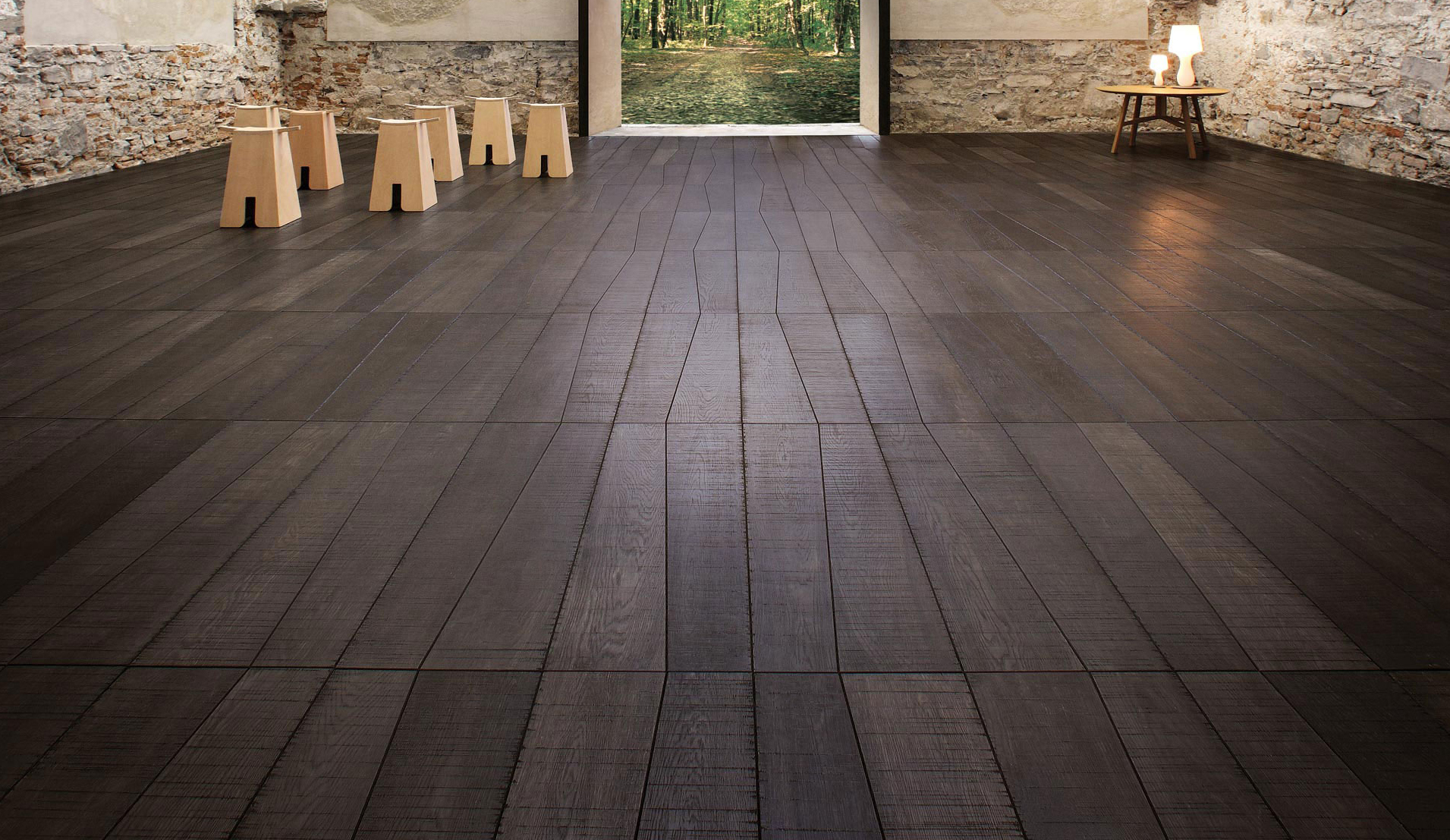Architizer’s Tech Directory is a database of tech tools for architects — from the latest generative design and AI to rendering and visualization, 3D modeling, project management and many more. Explore the complete library of categories here.
Somewhere along the way, we got the verbiage wrong. Architects don’t design — they plan. The act of designing a space is not an end unto itself, rather it’s the anticipated use of that space that gives the act any meaning.
Nowhere is this concept illustrated more perfectly than in the way digital technology has changed how an architect plans a building. Working methods that previously resulted in only the documentation of an idea are now moving toward the realization of a full virtual copy of a building and all its complex components before a single nail is hammered. As such, architects’ tools that used to be physical, like pens and pencils, are now mere basics in a virtual toolbox with capabilities an analog architect couldn’t even fathom.
The breakneck pace of this change is good reason to reflect on the history of these virtual tools by comparing them to their physical forebears. After all, knowledge of the past is often needed to successfully plan the future.
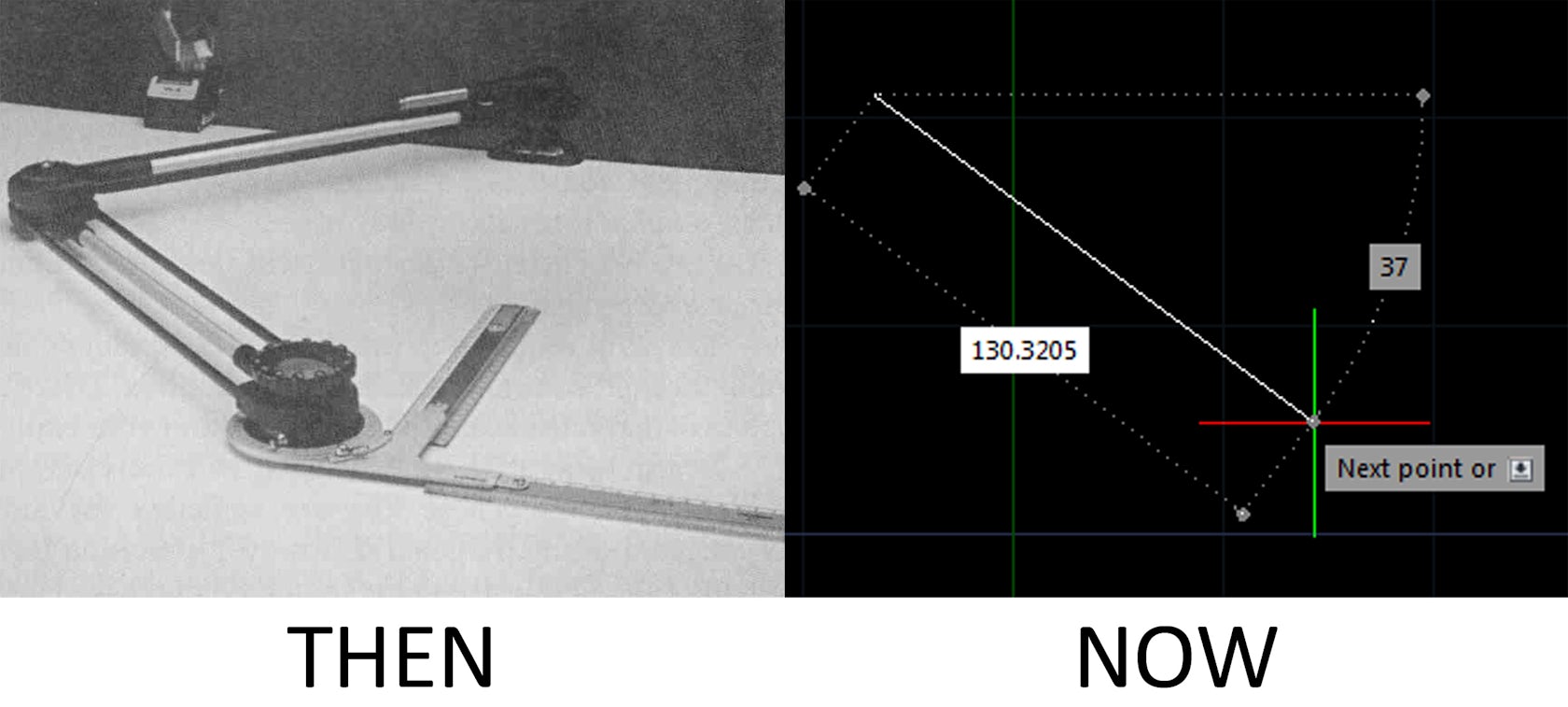
Via Industrial-Electronics.com and progeCAD
Drafting Arm vs. Dynamic Input
Appearing like an alien appendage affixed to a drawing board, a drafting arm originally consolidated a variety of tasks completed with separate rulers, straightedges and protractors into a single versatile tool. This was a huge leap forward in drafting efficiency, which has since been repeated in nearly every iteration of industry-standard design software. AutoCAD’s crosshair reticle, for example, once relied on manual input with compass-style designations before it featured point-and-click functionality with real-time metrics following it around the screen. The fact that Building Information Modeling interfaces rely less on depiction than they do on specifying component properties is a reminder that architects were never drawing lines in the first place; they were drawing floors, walls and ceilings.
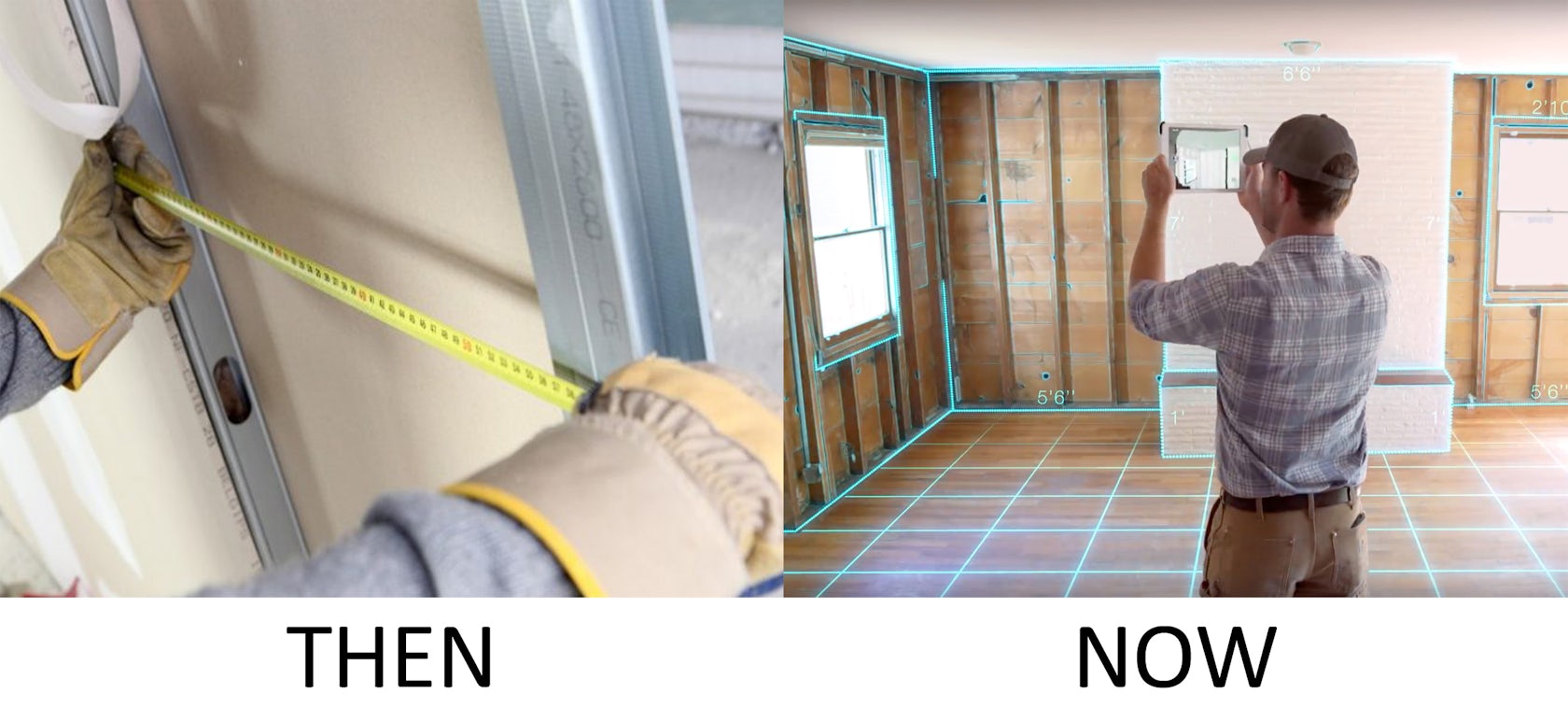
Via Porch and 3D Scan Expert
Tape Measure vs. Surveying App
Documenting an existing building in order to plan its transformation is likely one of the most frequent tasks architects complete. Until recently, the only way to correctly do this was by hand, with a tape measure, pen and paper. Since the advent of infrared scanners, depth-sensing cameras and software that can communicate with them, the time-intense process of surveying an existing space has been cut to a fraction of what it once was. The capacity to convert field-captured images to increasingly accurate CAD drawings and 3-D models means such applications will likely become standard in an architect’s work-flow sooner than later.

Via Prettyprettydesign.com and CAD Design | Free CAD Blocks,Drawings,Details
Drafting Template vs. Premade 3-D Models
In the days of hand-drafting, adding furniture to a drawing meant choosing an appropriately scaled object from a stencil and tracing it. Today’s sophisticated equivalent allows an infinite number of premade models to be brought into a wide range of design software with a single click. Despite technological advances in this practice, the old method may actually be advantageous due to its reliance on abstraction because choosing realistically detailed furnishings for an early design scheme often prompts cosmetic decisions long before they need to be made.
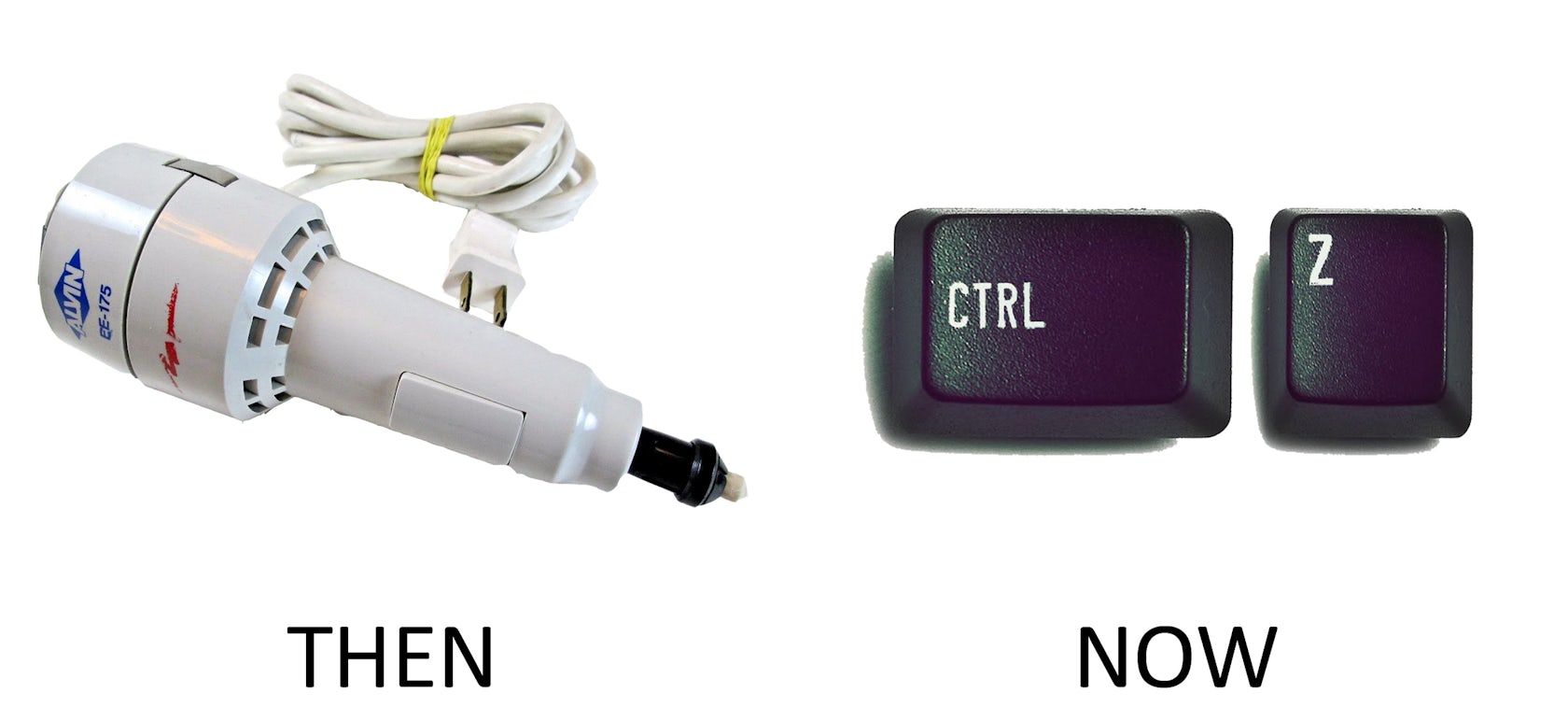
Electric Eraser vs. Undo
The most simple, and, for this reason, the most underappreciated, transformation an architect’s tools have undergone between physical and virtual methods is the ease with which one can now reverse the work they’ve done. Allowing what essentially amounts to time travel, the Undo function is universal to almost all software programs and as such is often taken for granted. Prior to this wonderful invention, the savviest architects wielded handheld electric erasers allowing them to salvage large drawing sets in the event of a drafting mistake or last-minute design change.

Via YouTube (Marcio Almada) and YouTube (Autodesk Sustainability Workshop)
Heliodon vs. SketchUp
Sensitivity to context is a big deal in architecture, but it can also be difficult to plan for. In the past, the ostensibly simple task of conducting a shadow study on a building’s surroundings was incredibly onerous, as it was best conducted with a heliodon — a device that could model the sun’s rays at specific dates and times but typically was also large and unwieldy. These days, the conventional way to do this comes in the form of shadow projection tools available in many 3-D modeling programs, SketchUp’s being perhaps the most popular. The degree of simplification between the two methods is astounding, but with ease of use comes ease of access, as the development of this technology has empowered the public to make their own assessment of a potential building’s shadows — capabilities previously only available to those with the means to hire a professional.

Blueprint Machine vs. Inkjet Plotter
If you hang around an architecture firm long enough, you might hear older designers talk about using a blueprint machine. Originally the premier method for producing copies of drawings, blueprint machines involved rolling an original drawing through a chemical mixture that reproduced the image on a special type of paper (legend has it the process also smelled terrible). For some time now, digital plotters have removed manual labor from the equation, being fed information directly from a virtual drawing file. Meanwhile, the adoption of cloud-based editing software like Bluebeam, and digital archiving practices increasingly being instituted in municipalities and building authorities, means paper drawing records may soon be a thing of the past, as well.

Via CreativePro.com and Adobe
Photo Retouch vs. Photoshop
Affecting an image to achieve a desired goal, like selling the public on a planned building, has been in the architect’s purview as long as the profession has existed. Thus, an ideal medium for architects was born when photography arrived on the scene, as photo manipulation arrived at exactly the same time. Originally accomplished with special paints, brushes and knives, today’s digital palette for image alteration bears some interesting vestiges of this lineage. Slice, stamp and smudge, for example, speak to the physical acts previously needed to achieve an impressive hero shot. One can only imagine the permutations these tools will undergo in the future, and the increasingly complex stories their names will tell.

Via Ohio State and Shoppers Pakistan
Digitizer Tablet vs. Touchscreen Workstation
Early iterations of digital drafting were often paired with a digitizer: a special keyboard that could choose commands or be directly drawn on. CAD software eventually got better at incorporating a keyboard and mouse, but nowadays the tide might be turning back to a hands-on approach as devices like Microsoft’s Surface Studio are pushing an interface with touch-heavy tools just for architects. Though currently limited to apps for sketching and drawing review, the way architects work could be changed forever if a large influential company like Autodesk or Graphisoft were to fully embrace touchscreen capabilities.
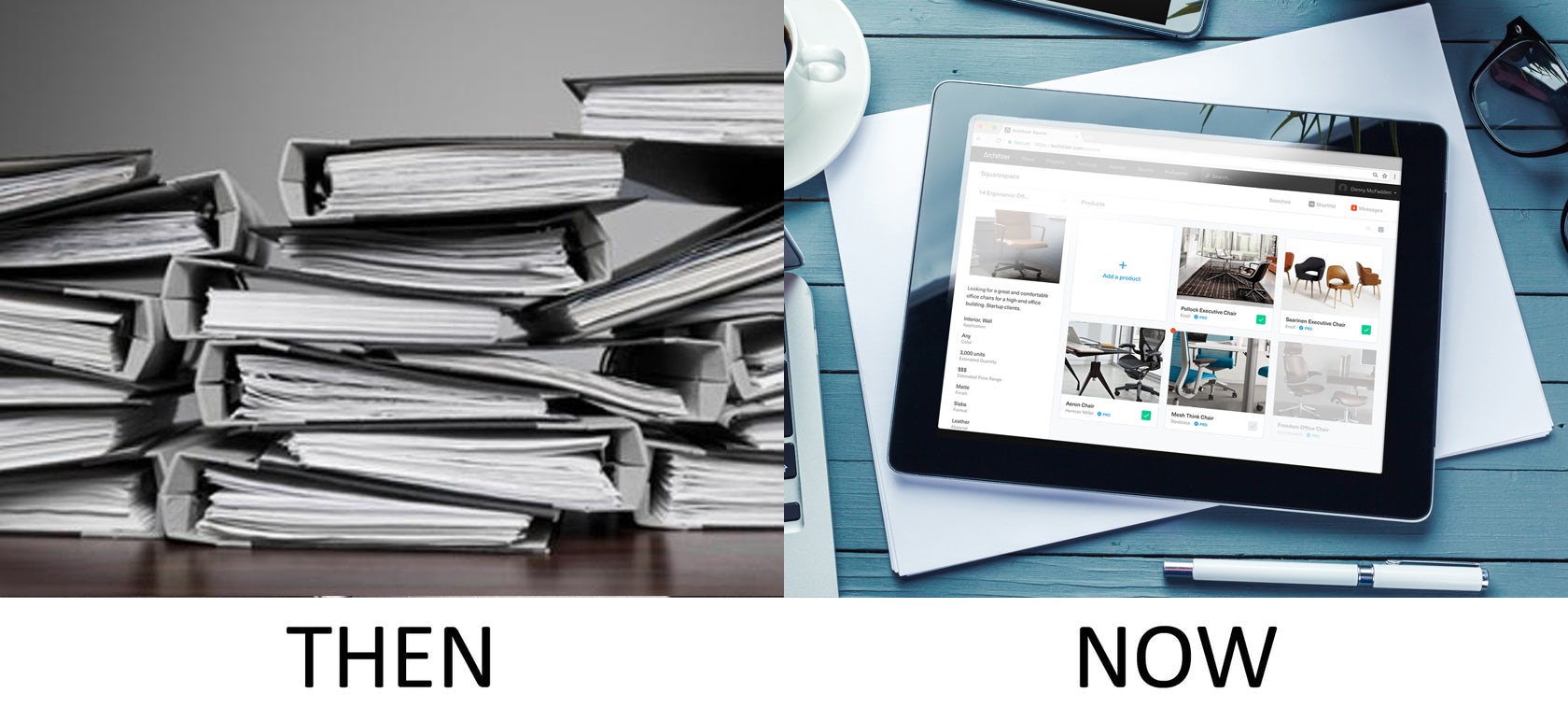
Building-Product Catalogs vs. Online Research Tools
Last but not least, the process of researching architectural materials — for so long the realm of cluttered binders stuffed with manufacturer’s drawings and annotations — is being hauled into the 21st century thanks to platforms like Architizer. While manufacturers’ websites have been constantly improving in recent years, there has never been such a convenient all-in-one tool for comparing and selecting materials for an architects’ project-specific needs. Architizer’s database naturally slot into an architects’ work-flow, connecting architects with building-product manufacturers from the outset of a project. Click here to sign up and get started on the platform.
Architizer’s Tech Directory is a database of tech tools for architects — from the latest generative design and AI to rendering and visualization, 3D modeling, project management and many more. Explore the complete library of categories here.

